Content Menu
● Understanding UPF: The Basics
● How Does UPF Swimwear Work?
● Benefits of UPF Swimwear
● The Importance of Sun Protection
● Choosing the Right UPF Swimwear
● Common Misconceptions About UPF Swimwear
● Caring for Your UPF Swimwear
● The Evolution of Sun Protective Clothing
● Health Benefits Beyond Sunburn Prevention
● Environmental Considerations
● Choosing Between Rash Guards and Swim Shirts
● Conclusion
● Frequently Asked Questions (FAQs)
>> 1. What is the difference between UPF and SPF?
>> 2. Can I wear regular sunscreen under my UPF clothing?
>> 3. Does washing affect the effectiveness of UPF clothing?
>> 4. Is all UPF clothing created equal?
>> 5. How long does the effectiveness of UPF clothing last?
● Citations:
As summer approaches and people flock to beaches and pools, the importance of sun protection becomes increasingly evident. One of the most effective ways to safeguard your skin from harmful ultraviolet (UV) radiation is through the use of UPF swimwear. This article delves into what UPF swimwear is, how it works, its benefits, and how to choose the right swimwear for your needs.
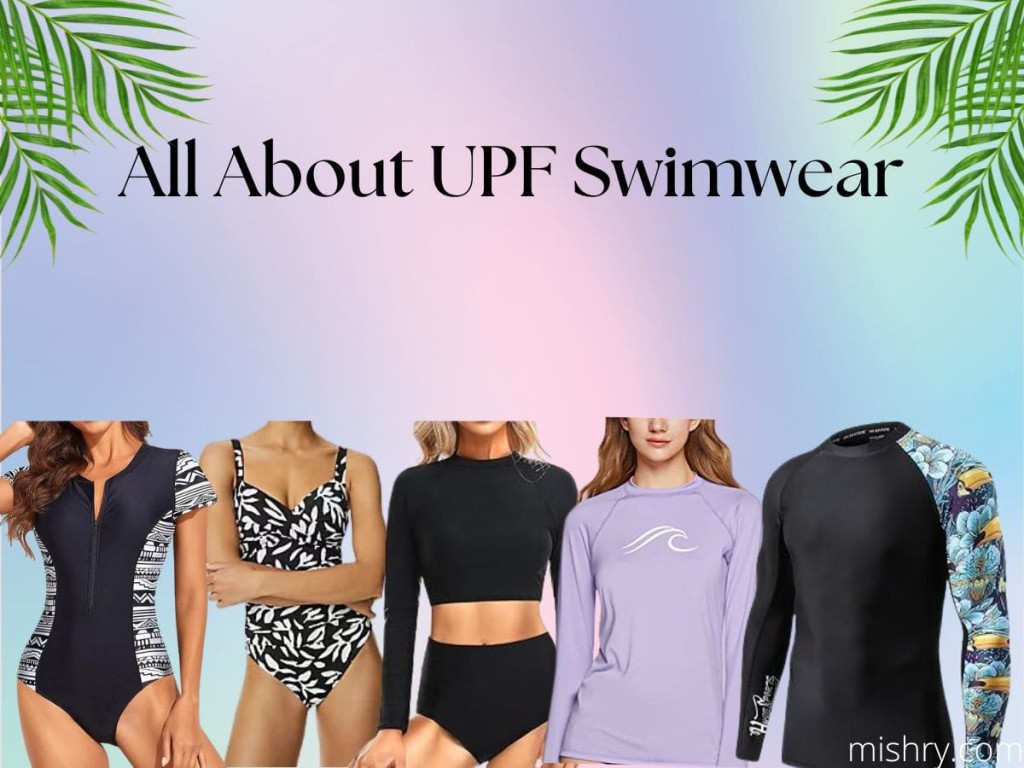
Understanding UPF: The Basics
UPF stands for Ultraviolet Protection Factor, a rating system that measures how effectively a fabric blocks UV radiation from the sun. Similar to SPF (Sun Protection Factor), which measures the effectiveness of sunscreen, UPF indicates how much UV radiation can penetrate clothing.
- UPF Ratings:
- UPF 15: Good protection (93.3% of UV rays blocked)
- UPF 30: Very good protection (96.7% of UV rays blocked)
- UPF 50+: Excellent protection (98% of UV rays blocked)
A fabric with a UPF rating of 50 allows only 1/50th of UV radiation to reach your skin, making it an excellent choice for outdoor activities.
How Does UPF Swimwear Work?
UPF swimwear is designed with specific features that enhance its protective capabilities:
- Tight Weave or Knit: The fabric is tightly woven or knitted to minimize the space between fibers, preventing UV rays from penetrating.
- Fabric Composition: Some swimwear incorporates special chemicals that absorb or reflect UV radiation, further increasing its protective properties.
- Color and Material: Darker colors and denser materials generally provide better protection against UV rays.
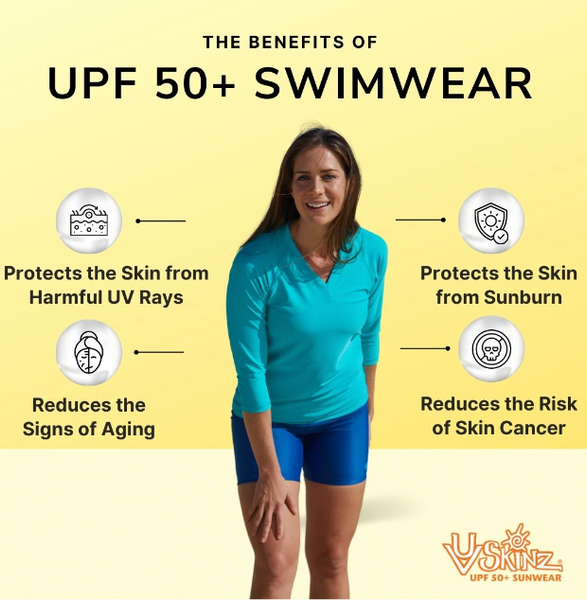
Benefits of UPF Swimwear
Choosing UPF swimwear offers several advantages:
- Skin Protection: It significantly reduces the risk of sunburn, premature aging, and skin cancer by blocking harmful UV rays.
- Convenience: Unlike sunscreen, which needs to be reapplied frequently, UPF swimwear provides continuous protection while swimming or engaging in water sports.
- Comfort and Style: Modern UPF swimwear is designed to be lightweight, breathable, and stylish, allowing for comfort during aquatic activities.
- Durability: High-quality UPF fabrics are resistant to fading and damage from chlorine and saltwater, ensuring longevity.
The Importance of Sun Protection
With increasing awareness of skin cancer risks associated with UV exposure, the role of UPF swimwear becomes even more critical. According to statistics, about 90% of nonmelanoma skin cancers are associated with exposure to ultraviolet (UV) radiation from the sun[6]. Regular use of UPF clothing can significantly reduce this risk by providing a reliable barrier against harmful rays.
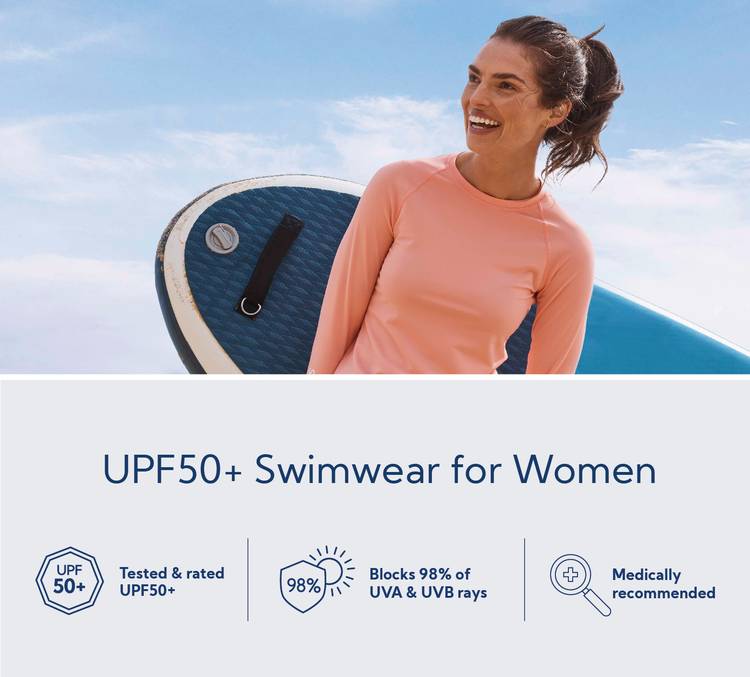
Choosing the Right UPF Swimwear
When selecting UPF swimwear, consider the following factors:
- UPF Rating: Look for swimwear with a UPF rating of at least 50 for optimal protection.
- Fit and Style: Choose styles that offer more coverage, such as long-sleeve rash guards or full-body suits.
- Material Quality: Opt for swimwear made from high-quality materials that maintain their protective properties over time.
- Brand Reputation: Research brands known for their commitment to sun safety and quality fabrics.
Common Misconceptions About UPF Swimwear
Despite its benefits, there are several misconceptions surrounding UPF swimwear:
- Myth: All swimwear provides adequate sun protection.
- Fact: Regular swimwear often lacks sufficient protection against UV rays compared to specialized UPF clothing.
- Myth: You don't need sunscreen if you wear UPF clothing.
- Fact: While UPF clothing offers significant protection, it's still advisable to apply sunscreen on exposed skin areas for added safety.
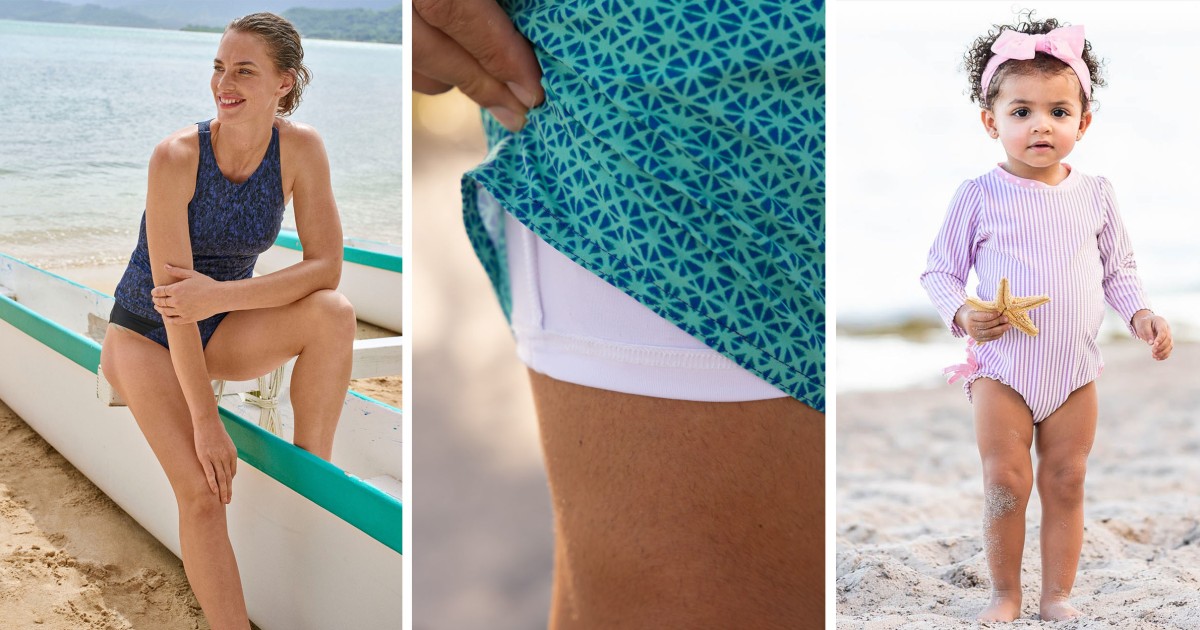
Caring for Your UPF Swimwear
To maintain the effectiveness of your UPF swimwear:
- Washing Instructions: Use mild detergent and cold water. Avoid bleach and fabric softeners as they can degrade the fabric's protective properties.
- Drying Tips: Air-dry whenever possible or use a low heat setting in the dryer to prevent damage.
- Storage: Store in a cool, dry place away from direct sunlight to prolong its lifespan.
The Evolution of Sun Protective Clothing
The concept of sun protective clothing has evolved over centuries. Historically, various cultures have used different methods to shield themselves from the sun. For example:
- In ancient Egypt, people wore light linen garments to protect their skin from harsh sunlight.
- In Australia, modern sun protective clothing gained popularity as a response to high UV levels; regulations were established in the late 1990s to standardize testing methods for these fabrics[1].
Today's UPF fabrics are rigorously tested using standardized protocols that assess their ability to block UV radiation effectively. This evolution reflects growing awareness about skin health and the need for effective sun protection strategies[1][5].
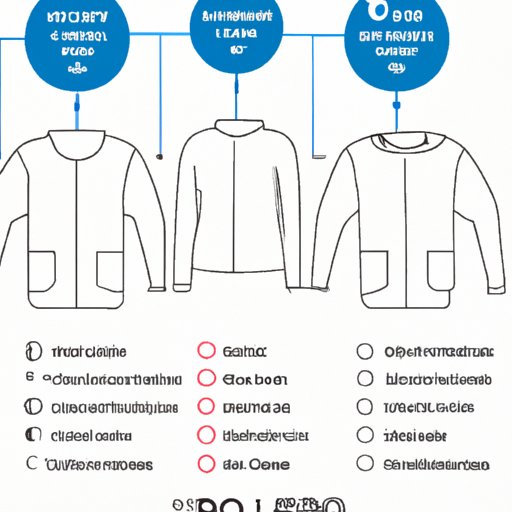
Health Benefits Beyond Sunburn Prevention
Wearing UPF swimwear not only prevents immediate sunburn but also offers long-term health benefits:
- Reduced Risk of Skin Cancer: Chronic exposure to UV radiation can lead to skin cancer. Regular use of UPF clothing can help mitigate this risk by providing consistent coverage[2][6].
- Prevention of Premature Aging: UV exposure contributes significantly to premature aging signs such as wrinkles and age spots. By wearing protective clothing, you can help maintain youthful skin[4].
Environmental Considerations
As awareness about environmental sustainability grows, many brands are now producing eco-friendly UPF swimwear made from recycled materials. For instance:
- Some companies use ocean plastics and discarded fishing nets in their manufacturing processes, contributing positively to both environmental conservation and personal health[4].
This shift not only helps reduce waste but also encourages consumers to make environmentally conscious choices while prioritizing their health.
Choosing Between Rash Guards and Swim Shirts
When it comes to selecting sun-protective apparel for water activities, two popular options are rash guards and swim shirts. Here's how they differ:
| Feature | Rash Guards | Swim Shirts |
| Fit | Snug fit for better movement | Looser fit for comfort |
| Design | Often long-sleeved | Available in various styles |
| Purpose | Protects against abrasions & stings | Primarily focused on UV protection |
| Ideal Use | Surfing or intense water activities | General outdoor activities |
Both options provide excellent sun protection but cater to different preferences and activities[8].
Conclusion
In conclusion, investing in high-quality UPF swimwear is essential for anyone who enjoys outdoor water activities. With its ability to block harmful UV rays effectively, it not only protects your skin but also enhances your overall beach experience. As you prepare for summer fun in the sun, consider adding some stylish and functional UPF swimwear to your wardrobe.
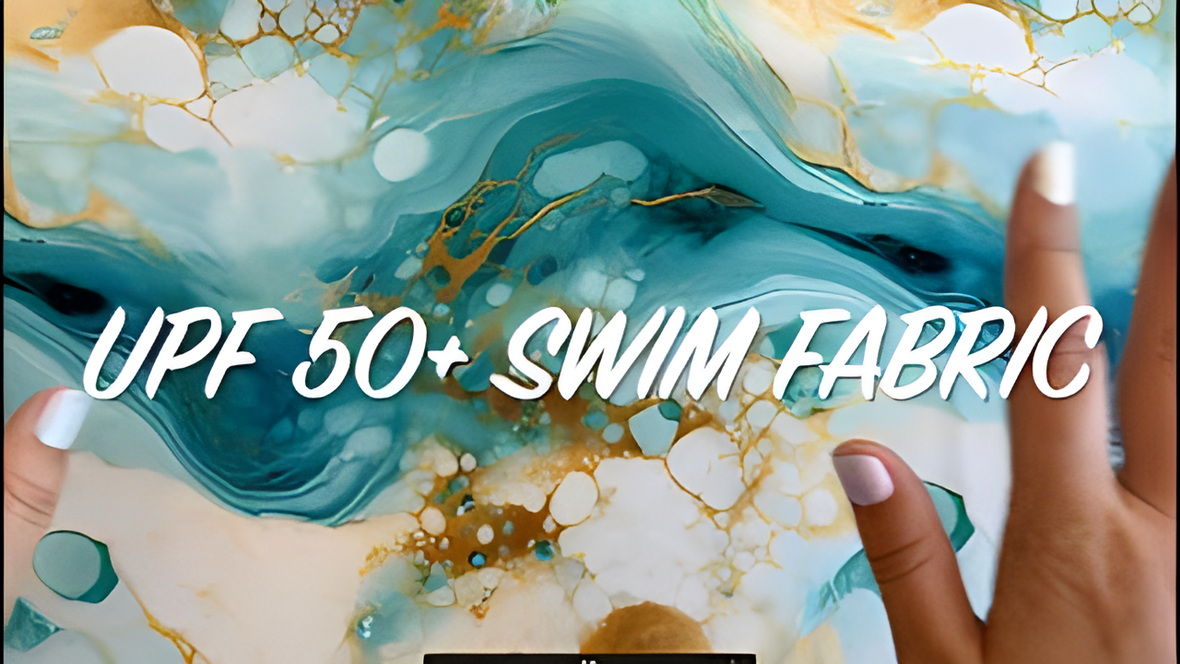
Frequently Asked Questions (FAQs)
1. What is the difference between UPF and SPF?
- UPF measures the UV protection provided by fabrics, while SPF measures how long sunscreen protects skin from burning.
2. Can I wear regular sunscreen under my UPF clothing?
- Yes, it's advisable to apply sunscreen on any exposed skin areas even when wearing UPF clothing for extra protection.
3. Does washing affect the effectiveness of UPF clothing?
- Yes, improper washing can diminish its protective qualities. Follow care instructions carefully to maintain effectiveness.
4. Is all UPF clothing created equal?
- No, different fabrics have varying levels of UV protection based on their weave, color, and treatment methods.
5. How long does the effectiveness of UPF clothing last?
- With proper care, high-quality UPF clothing can maintain its protective properties for several years.
Citations:
[1] https://en.wikipedia.org/wiki/Sun_protective_clothing
[2] https://pmc.ncbi.nlm.nih.gov/articles/PMC113773/
[3] https://sheilathelabel.com/blogs/journal/understanding-upf-ratings-for-sunsafe-swimwear
[4] https://theruggedmale.com/understanding-upf-swimwear-health-benefits/
[5] https://www.essuntials.com/blogs/journal/the-history-of-sun-protection-from-ancient-remedies-to-modern-sunscreens
[6] https://www.skincancer.org/skin-cancer-information/skin-cancer-facts/
[7] https://www.youtube.com/watch?v=JT-NOUEI8Bc
[8] https://kelownaskincancer.com/sun-protection/swim-shirts-sun-shirts-rash-guards/







































